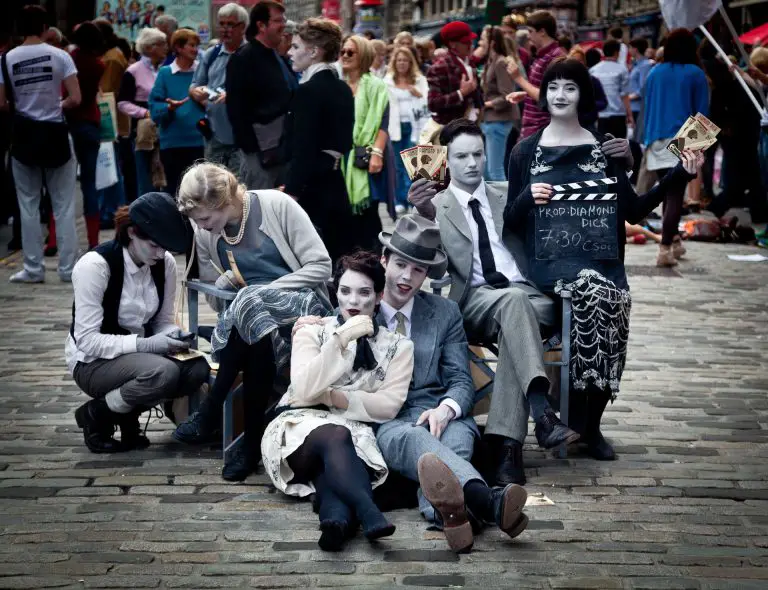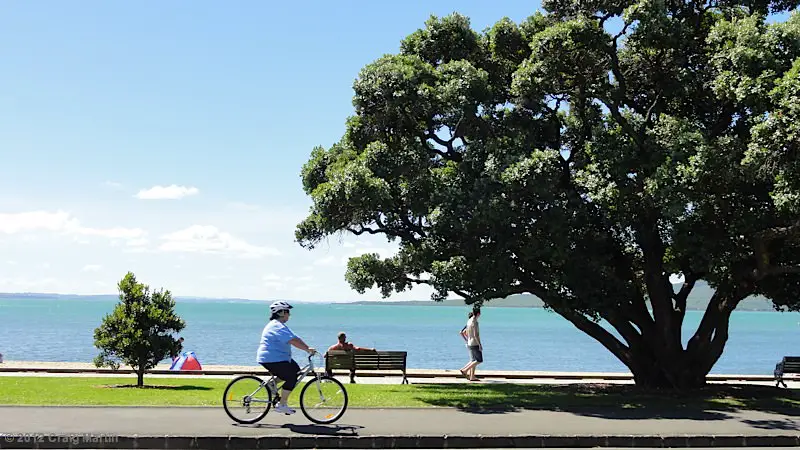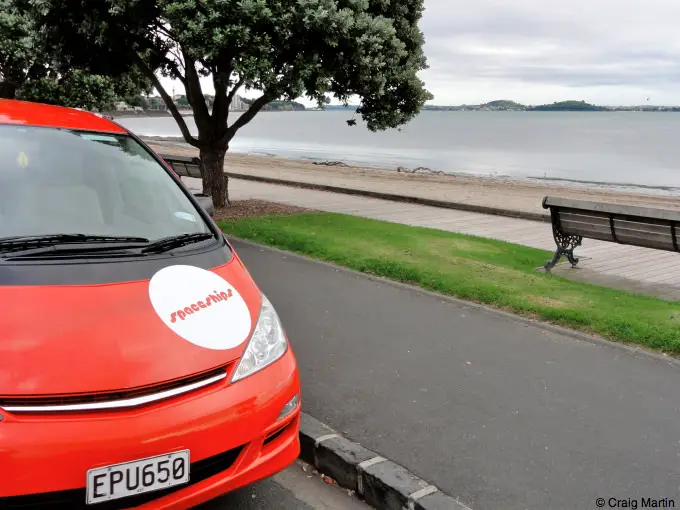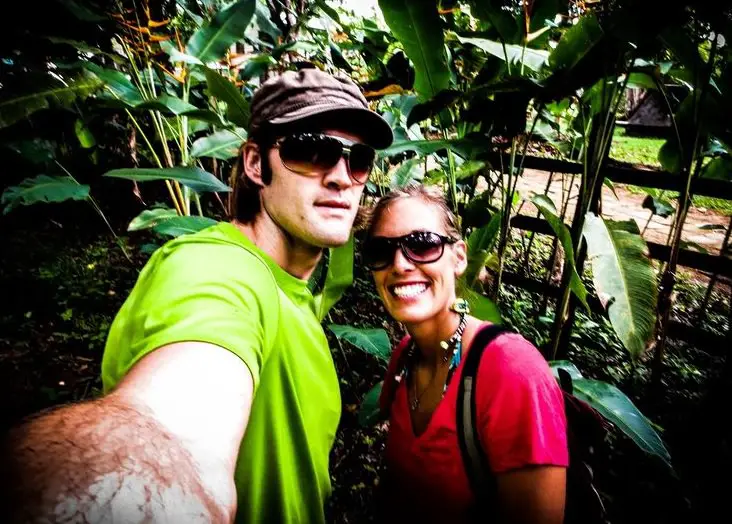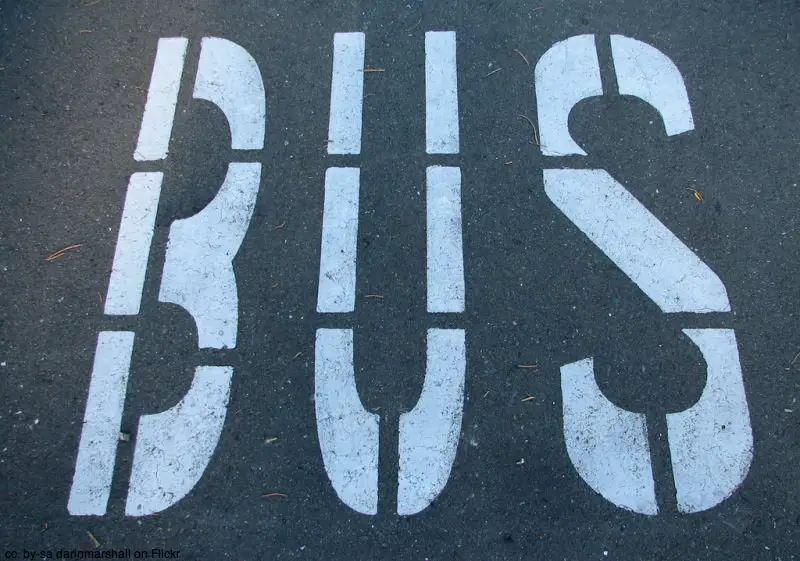Soft drinks of the world
One of the best things about travelling is the chance to taste the country you’re in: trying the traditional dishes and snacking from street stalls, drinking the local alcoholic beverage (and enjoying it, or at least pretending to); judging the country not just with your eyes, but also with your tastebuds.
Many countries pride themselves on a national soft drink, which is so prevalent within the country that its residents don’t know that their favourite drop isn’t available anywhere else. Or that if it is, it’s super-expensive and not as freely available as it is back home. One of the benefits of travel is being able to try all of these new flavours; one of the downsides is having to leave them behind when you move on. These days, most of these drinks are produced by Coca-Cola, giving them a slight genericness, but the flavours remain.
New Zealand: L&P

Brazil: Guaraná
Produced from the berries of the guaraná plant, or at least with the flavour of berries from the guaraná plant, Brazil’s soft drink has a soft flavour with a slight energy boost to go with it. It might be the guaraná, it could just be the sugar, either way it’s tasty.
Malta: Kinnie
Kinnie’s flavour comes as a shock to the unprepared, though the dark-orange colour of the drink should give some clue as to its bitter orange flavour. And it is bitter, not sweet: not to everyone’s taste but certainly popular in its home country of Malta.
Austria: Almdudler
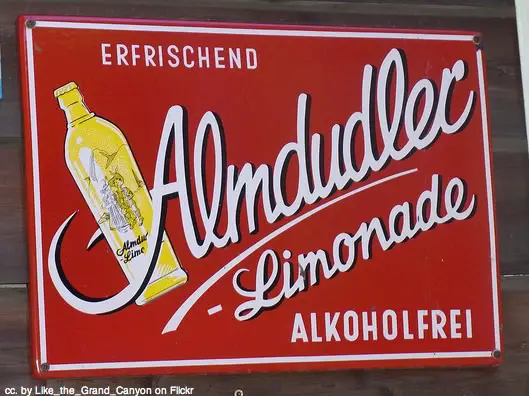
Kenya: Stoney Gingerbeer
Stoney is available in several East African countries, but will always be a symbol of my time in Kenya. Our group would order a crate of mixed softdrinks, which would come packed with Coke, Sprite, several flavours of Fanta, and three or four Stoneys. Only two of the thirteen of us liked it, or maybe the others knew how much we enjoyed it and left it for us; either way she and I always got a bottle each. There’s nothing more refreshing than a cold Stoney gingerbeer, drunk through a straw from a glass bottle on a hot Kenyan afternoon.
Peru: Inca Kola
The bright-yellow colour of Peru’s Inca Kola and its distinctive logo has made it a symbol of the country, now seen on tourist t-shirts the world over. The sweetness takes a bit of getting used to, but you’re sure to become addicted during your time in the country.
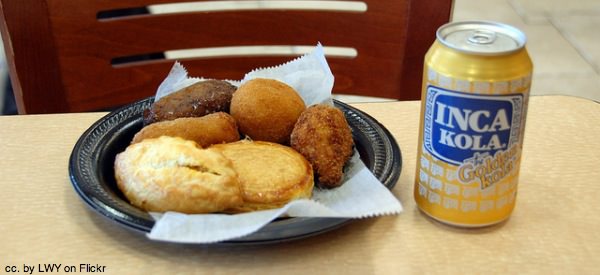
Scotland: Irn Bru
Perhaps the sweetest option on the list, and certainly the most heavily food-coloured, Scotland’s bright-orange national drink is named Irn Bru (“iron brew”, if you find that spelling incomprehensible) because iron girders are supposedly used somewhere in the brewing process. It’ll make you strong, they say. It’ll definitely give you energy; it contains quite a bit of sugar.
You can tell a lot about a country by the food the inhabitants eat, and the flavour of soft drink the residents favour also says a lot.
What is the most interesting soft drink you’ve tried while travelling?

